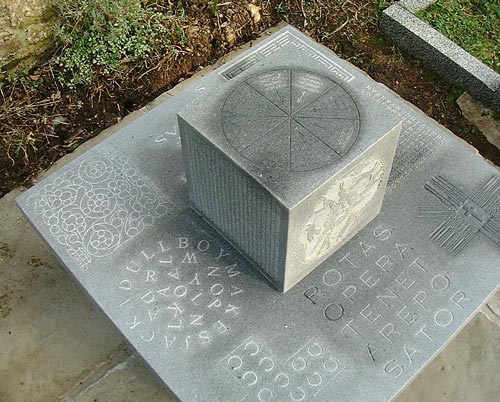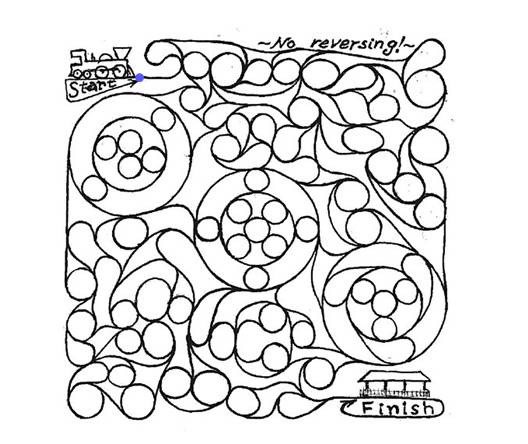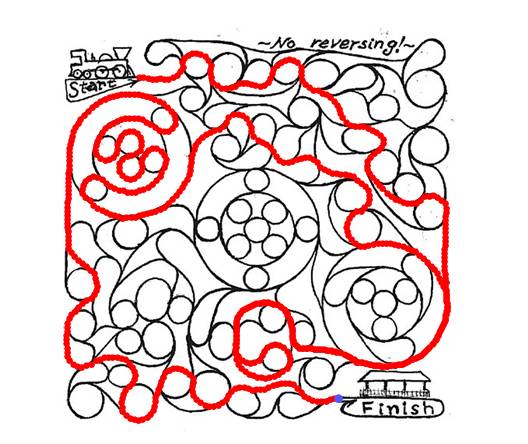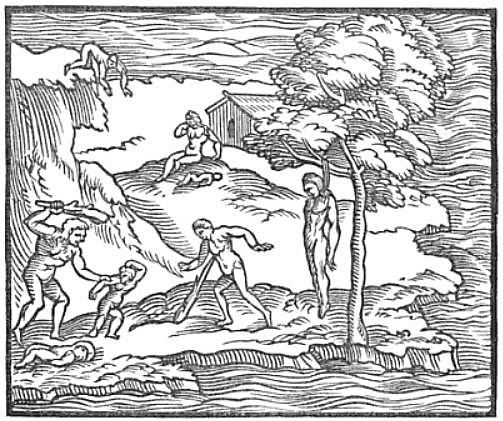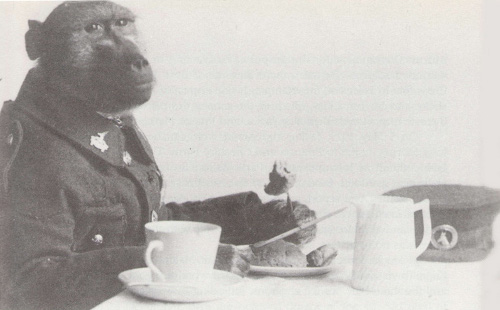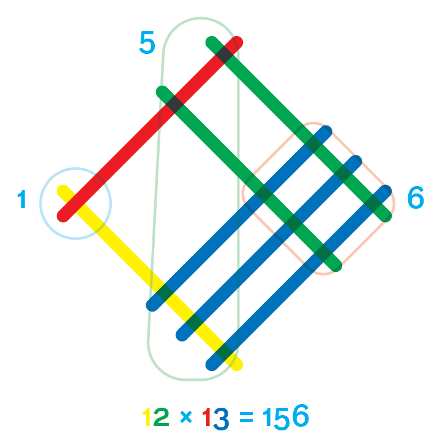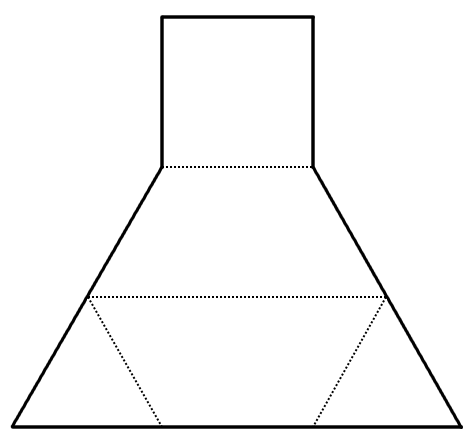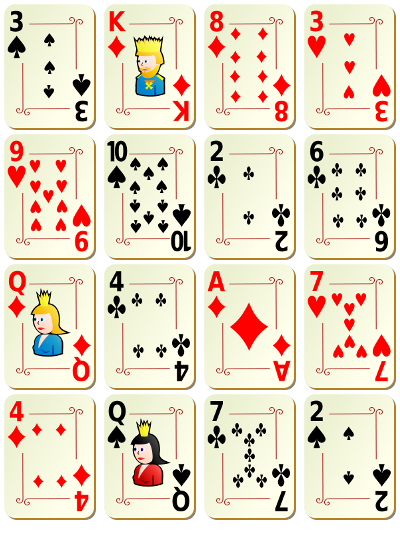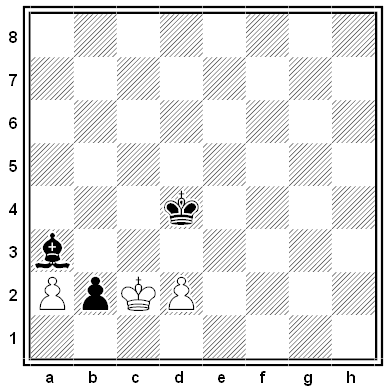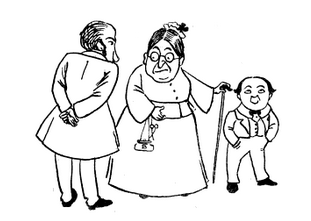
When George’s Grandmamma was told
That George had been as good as Gold,
She Promised in the Afternoon
To buy him an Immense BALLOON.
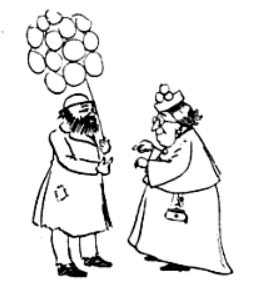
And so she did; but when it came,
It got into the candle flame,
And being of a dangerous sort
Exploded with a loud report!
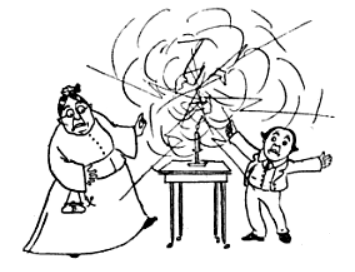
The Lights went out! The Windows broke!
The Room was filled with reeking smoke.
And in the darkness shrieks and yells
Were mingled with Electric Bells,
And falling masonry and groans,
And crunching, as of broken bones,
And dreadful shrieks, when, worst of all,
The House itself began to fall!
It tottered, shuddering to and fro,
Then crashed into the street below —
Which happened to be Savile Row.
When Help arrived, among the Dead
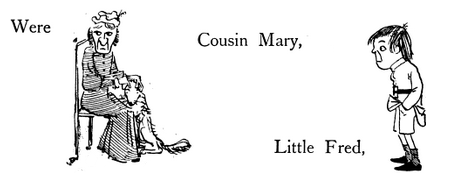
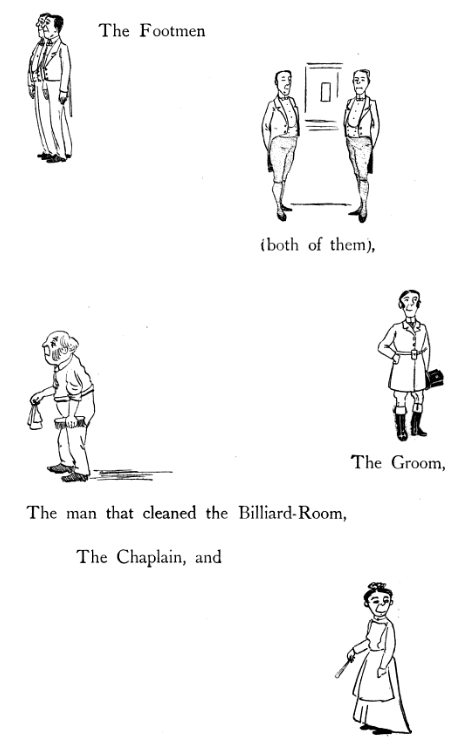
The Still-Room Maid.
And I am dreadfully afraid
That Monsieur Champignon, the Chef,
Will now be
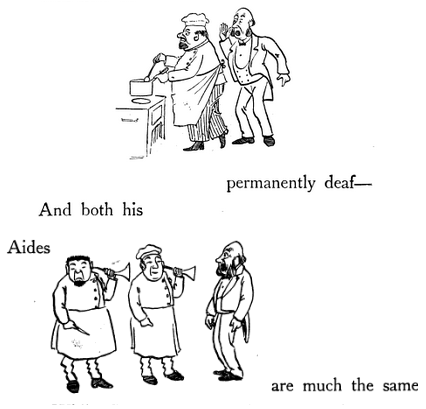
While George, who was in part to blame,
Received, you will regret to hear,
A nasty lump
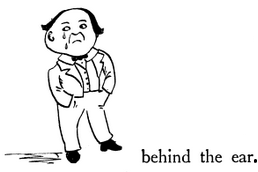
MORAL.
The moral is that little Boys
Should not be given dangerous Toys.
— Hilaire Belloc, Cautionary Tales for Children, 1922

